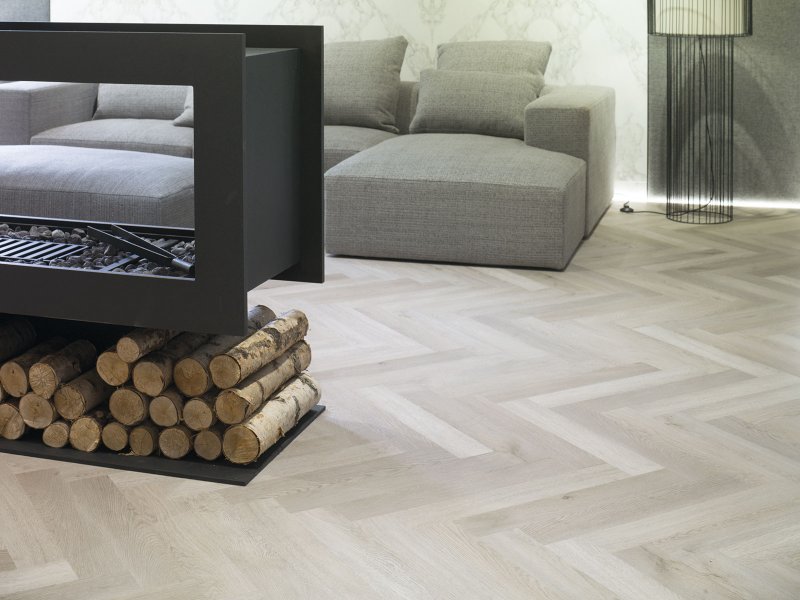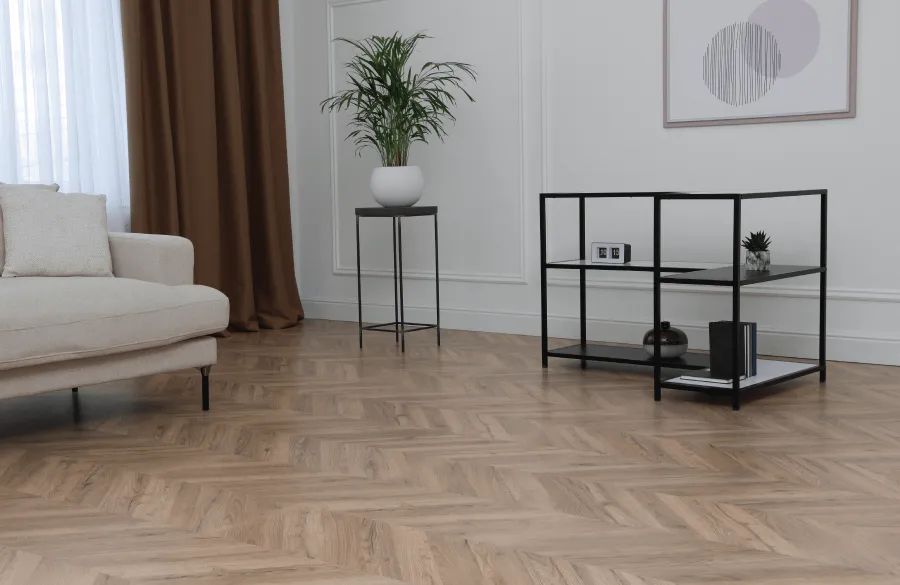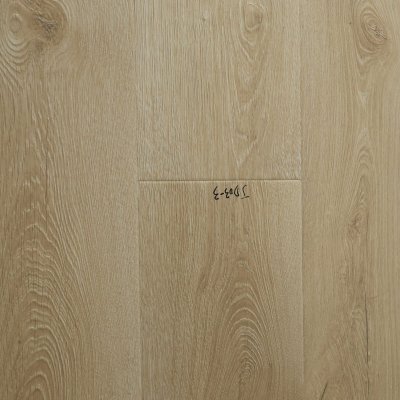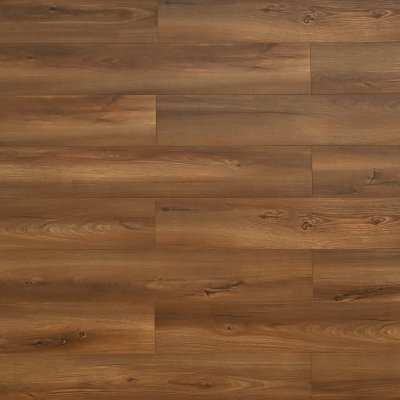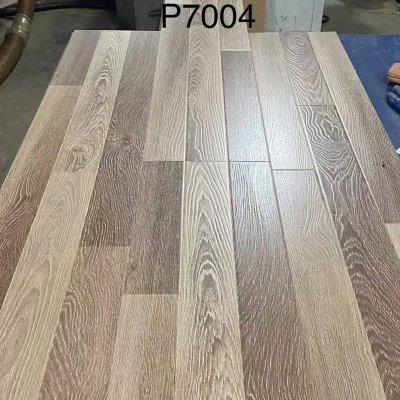What is SPC flooring?
SPC (stone-plastic composite flooring) emerged in the late 20th century, initially popular in Europe, the United States, Japan and Korea, and entered the Chinese market in the 1980s. Nowadays, it has been widely recognized by consumers and is widely used in hotels, restaurants, schools, hospitals and other places.
1. What is SPC flooring
SPC (Stone Plastic Composite) flooring is a modern flooring material crafted from stone powder and polyvinyl chloride (PVC). It is highly favored internationally and commonly used in kitchens, living rooms, and other areas. Known for its environmental friendliness, SPC flooring contains no formaldehyde or harmful adhesives, ensuring strong environmental performance and safety for human health. Its robust waterproof, moisture-resistant, and mildew-resistant properties allow installation in humid environments. Additionally, its lightweight nature facilitates easy transportation.
SPC flooring typically consists of four layers:
(1) Wear-resistant Layer: Crucial for extending the floor's lifespan, this layer is coated with transparent materials like aluminum oxide to prevent rapid wear.
(2) PVC Color Film Layer: Featuring realistic 3D visuals, this layer offers patterns resembling wood, stone, and carpet designs.
(3) Substrate Layer: Serving as the sturdy, high-density, waterproof core of SPC flooring, it provides structural rigidity and stability.
(4) Silent Mat: Also known as the floor's backbone, this layer enhances sound insulation and protects against moisture infiltration into the flooring structure.
2. SPC Flooring Production Process
To delve deeper into SPC flooring, understanding its production process is essential, which comprises four key stages:
(1) Mixing: Raw materials are automatically measured and then subjected to high-speed mixing in a hot mixer (at 125°C). This process ensures thorough blending of materials, eliminating moisture. Subsequently, the mixture undergoes cold mixing to cool down and prevent clumping or discoloration.
(2) Extrusion: The mixed materials are fed into a twin-screw extruder where they are heated and extruded. The extruded material is then passed through a sheet die to form a sheet, which is further processed through a four-roller calender to increase thickness. A color film is applied followed by a wear layer. The formed sheets are then cooled and cut to size.
(3) UV Tempering: The surface undergoes UV treatment followed by tempering. Tempering involves exposing the material to hot water (80-120°C) and then rapidly cooling it with cold water (10°C) to enhance its durability and stability.
(4) Slitting, Grooving, Packaging: The final steps include slitting the sheets into desired widths, grooving or chamfering the edges for easier installation, thorough inspection for quality assurance, and finally, packaging for distribution.
3.Why choose SPC flooring
(1) Health and Environmental Benefits: SPC flooring is crafted primarily from stone powder, free from radioactive elements, benzene, and formaldehyde. It is a sustainable material that can be recycled, making it a green choice for flooring.
(2) Superior Waterproof Performance: SPC flooring boasts exceptional waterproof properties, addressing the inherent issues of wood flooring such as rotting, swelling, and deformation in humid environments.
(3) Versatile Styles: Available in a wide array of colors, patterns, and textures, SPC flooring includes realistic wood and stone designs. Its decorative layer accurately mimics natural materials, with some options featuring embossed textures for enhanced realism.
(4) Easy Maintenance: SPC flooring is highly durable, resisting scratches, stains, and abrasions. The wear-resistant layer provides additional protection against daily wear and tear. Cleaning and upkeep are straightforward, requiring regular sweeping or vacuuming and occasional damp mopping.
(5) Stability: Thanks to its stone-plastic composite core, SPC flooring exhibits excellent stability and resilience to temperature fluctuations. It remains unaffected by changes in humidity or moisture levels, minimizing expansion or contraction.
(6) Simple Installation: Featuring a locking installation system akin to laminate flooring, SPC flooring planks or tiles interlock securely. This floating floor installation method allows for installation over various existing flooring surfaces, streamlining the installation process and saving time and effort.
In summary, SPC flooring stands out as a premium flooring choice blending the strengths of stone and plastic. It offers exceptional durability, water resistance, and stability, making it ideal for both residential and commercial spaces. Despite its higher cost and hardness, its overall performance justifies its value as a long-term investment in flooring. By ensuring proper installation and regular maintenance, you can significantly prolong its lifespan and preserve its pristine condition.



